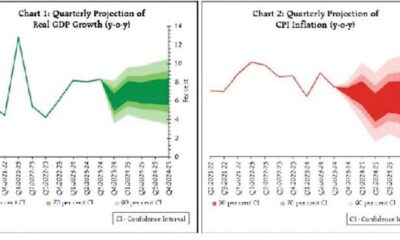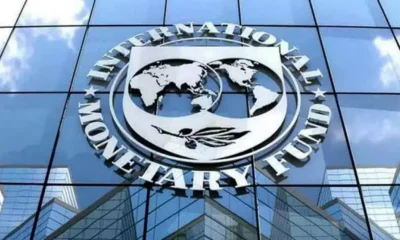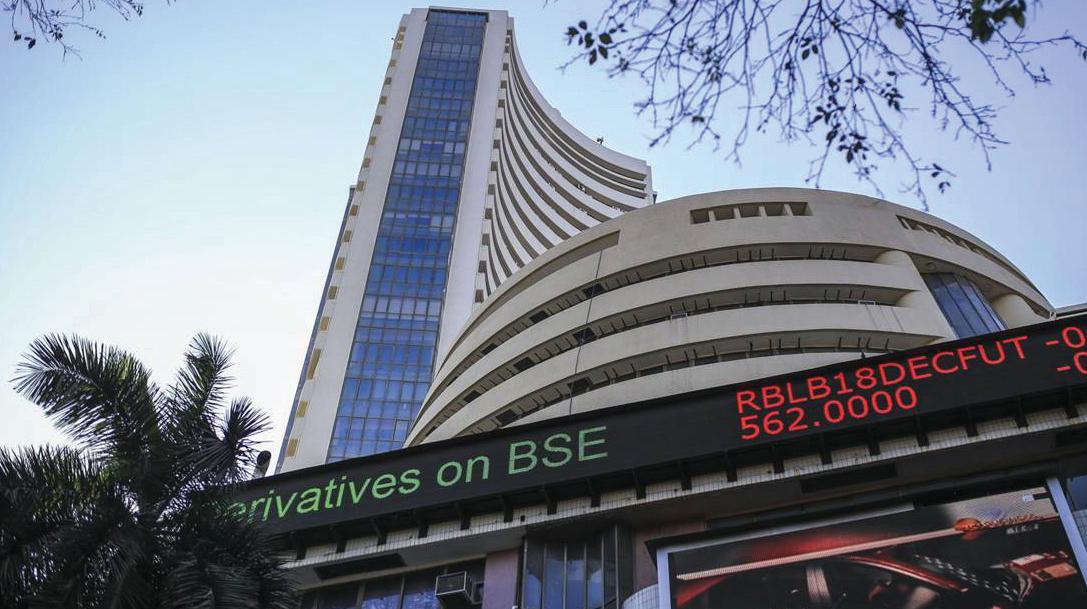Markets
Markets to track geopolitical events in holiday-shortened week: Analysts

The Daily Guardian is now on Telegram. Click here to join our channel (@thedailyguardian) and stay updated with the latest headlines.
For the latest news Download The Daily Guardian App.
Markets
Sensex soars above 75,000 for first time, but expert warns of correction ahead
Markets
BSE market capitalization soars past Rs 400 trillion mark amid record-breaking Nifty and Sensex
Markets
Stock Markets brace for Holiday shortened week amid Global cues
Business
4 of top-10 valued firms add Rs 1.71 lakh crore to mcap; HDFC Bank, LIC lead gainers
Markets
Sensex and Nifty soar to record highs led by private banks and IT
Markets
Customers retreating from mkt as gold price nears Rs 70,000 mark
-

 Opinion2 years ago
Opinion2 years agoPakistan-China nexus trying to sow doubts in Indian society about governance systems
-

 Fashion7 years ago
Fashion7 years agoThese ’90s fashion trends are making a comeback in 2017
-

 Entertainment7 years ago
Entertainment7 years agoThe old and New Edition cast comes together to perform
-

 Entertainment7 years ago
Entertainment7 years agoThe final 6 ‘Game of Thrones’ episodes might feel like a full season
-

 Opinion2 years ago
Opinion2 years agoEnvironment day with a missing spring and lost souls
-

 Business News2 years ago
Business News2 years agoIndia Becomes World’s 5th Biggest Economy
-

 Policy&Politics2 years ago
Policy&Politics2 years agoA successful SME must understand his 5 wives
-

 Business News2 years ago
Business News2 years ago‘75K STARTUPS DEFINE THE POWER OF INNOVATION’




















